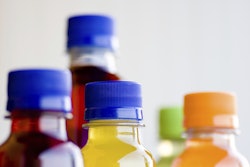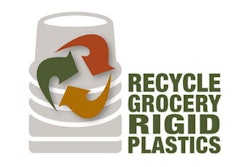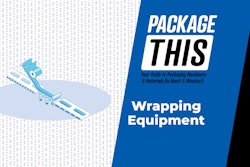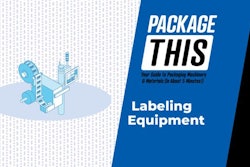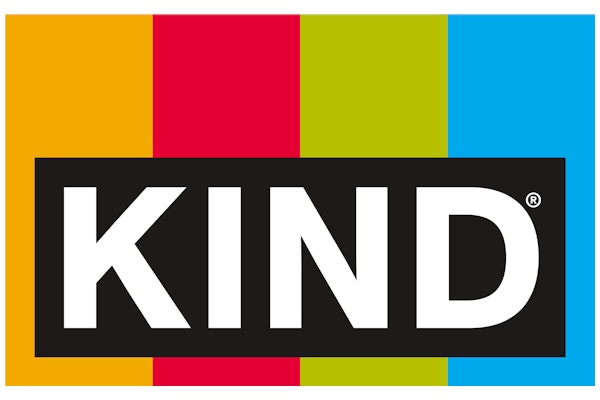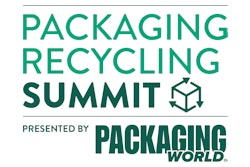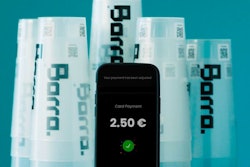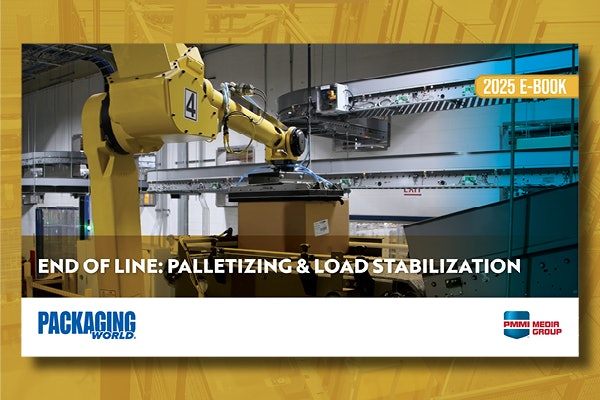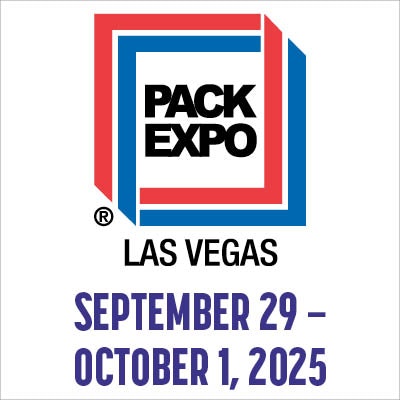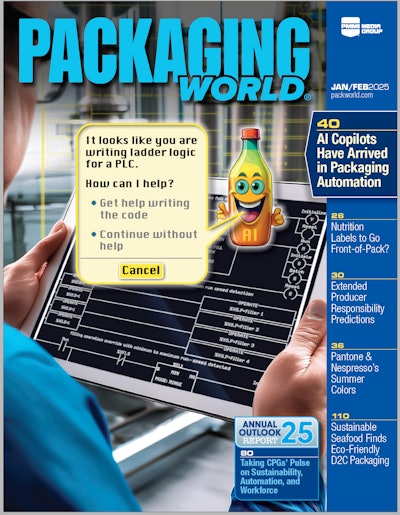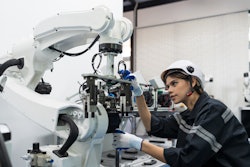
Walmart has released its eighth annual Global Responsibility Report (GRR), outlining its social and environmental work over the past year, including its efforts to reduce solid waste, such as food waste and packaging materials, and its initiatives around using more sustainable materials for product packaging.
“Every day, Walmart brings affordable products and services to 260 million customers in 27 countries around the world. As the world’s largest retailer, we have committed to use our strengths to help others, by addressing social and environmental issues in collaboration with customers, suppliers, governments, non-profits, and other stakeholders,” says Kathleen McLaughlin, President of the Walmart Foundation and Senior Vice President of Corporate Affairs at Walmart. “We believe business exists to serve society. Our commitment to global responsibility goes beyond philanthropy—it is a whole company undertaking that is woven into our day-to-day business activities, creating value for business and society.”
In the area of waste reduction across its global operations, Walmart’s GRR reports that each day, the corporation moves closer to realizing its goal of creating zero waste—a goal set 10 years ago—by providing solutions to improve waste data management and reduce and divert food and materials from turning into waste.
“Millions of tons of materials flow through Walmart facilities each year,” says the report. “We’re finding ways to reduce, reuse, recycle, and manage them more efficiently, resulting in a significant environmental and business upside.”
Among the achievements cited in the report around waste reduction are the following:
- Walmart U.S. operations’ operational waste diversion improved to 82.4% in 2014.
- Through reverse logistics, Walmart in Central America increased the total weight of materials collected for recycling by 10.8% in 2014, for a total of 21,388 metric tons.
- In Mexico, the corporation’s waste reduction campaign, Reduce, Recycle, and Win, helped Walmart reduce food waste by 6% in Mexican stores and increased the amount of recyclables, including cardboard and stretch film, as compared with 2013.
- With the opening of the ninth Asda Service Centre in 2014 in the U.K., all Asda stores in England, Scotland, and Wales are returning recyclables and food waste via reverse logistics.
Sustainable materials
From recycled content to packaging optimization, Walmart says its thorough consideration of the materials it uses for its products helps deliver value to its customers, both from an economic and an environmental perspective. “In the U.S. alone, cities spend billions of dollars annually throwing away materials that are worth billions more,” says the report. “Every ton of trash recycled rather than landfilled not only raises the availability of materials we need, but saves money, creates local jobs, and reduces greenhouse gas emissions.”
As the report notes, Walmart’s aspirations related to sustainable packaging materials include:
- Incorporating the learnings and successes of the Packaging Scorecard into the Sustainability Index
- Increasing recycled content into plastic packaging and products
- Increasing the recyclability of plastic packaging
- Sustainably increasing the supply of recycled content
- One example cited where Walmart has been able to reduce the footprint of one of its products is its collaboration with Replenish Bottling LLC to launch a new household cleaning products line “that has the potential to forever change the way water-based consumer products are designed, manufactured, and sold.”
Explains the report, “Harnessing Replenish’s patented Refill System™, the CleanPath™ line of products, available exclusively at Walmart.com, allows consumers to easily mix concentrates with water at home using a reusable bottle. This translates into a CO2 emissions and plastic waste reduction of more than 80 percent.”



